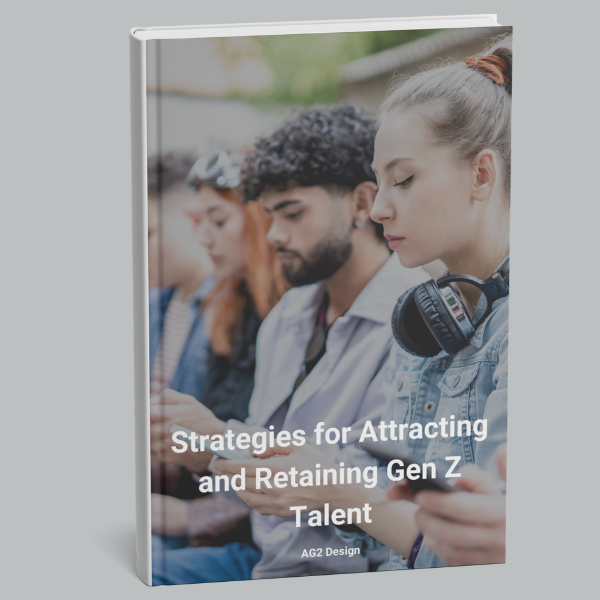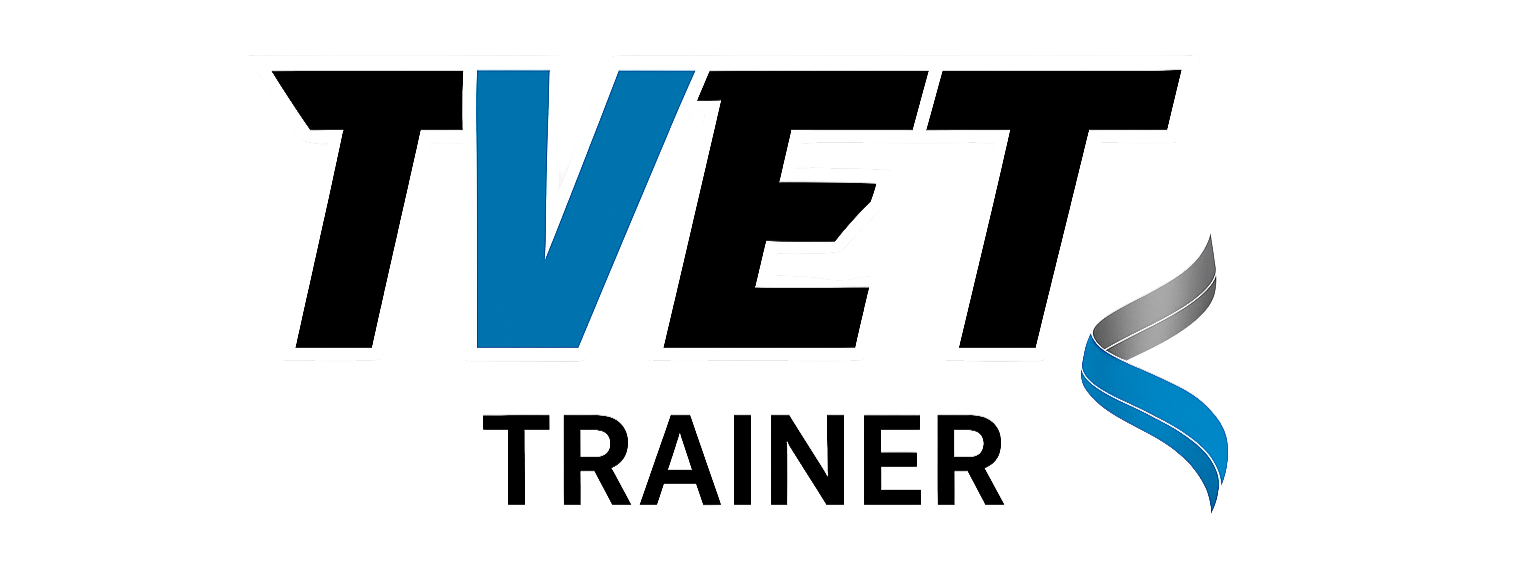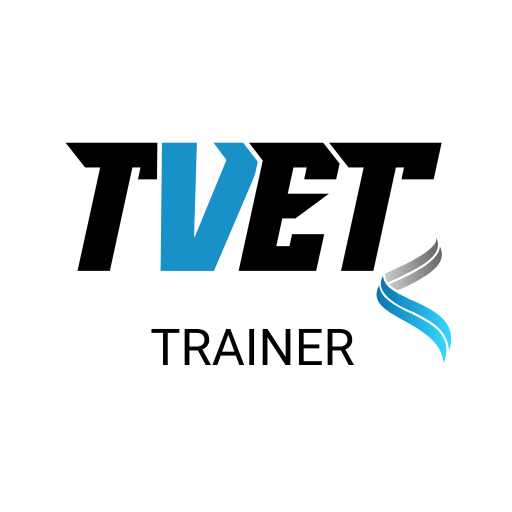As the workforce evolves, Generation Z (Gen Z) rapidly becomes a significant demographic in the labour market. Born between 1997 and 2012, this generation brings a unique set of values, expectations, and skills shaped by their digital upbringing. Businesses must adapt and innovate to attract and retain this dynamic cohort. The newly released ebook, "Strategies for Attracting and Retaining Gen Z Talent," provides a comprehensive roadmap for organisations looking to harness the potential of Gen Z employees. Here’s a sneak peek into what the book covers and why it’s a must-read for modern employers.
Buy This Book
"Strategies for Attracting and Retaining Gen Z Talent" is an invaluable resource for any organisation looking to excel in any competitive job market. By understanding Gen Z's unique characteristics and preferences, employers can create a work environment that not only attracts top talent but also ensures long-term engagement and retention. Embracing flexibility, authenticity, and technological innovation is key to unlocking the full potential of this promising generation.

Strategies for Attracting and Retaining Gen Z Talent
Unlock the secrets to engaging the newest generation entering the workforce with "Empowering the Future: Strategies for Attracting and Retaining Gen Z Talent." This guide provides actionable insights and practical strategies for understanding, attracting, onboarding, engaging, and retaining Gen Z employees.
Understanding Gen Z’s Workforce Expectations
The foundation of any strategy to engage Gen Z starts with understanding their expectations. Gen Z values flexibility, work-life balance, and a sense of purpose in their professional lives. They seek employers who offer flexible working hours and remote work options, viewing these not as perks but as essential elements of employment. This preference is deeply rooted in their upbringing, having grown up in a digital age with instant connectivity and access to information.
Attracting Gen Z Talent
Building a robust employer brand is essential for attracting Gen Z talent. Authenticity and transparency are key, as Gen Z can easily discern genuine efforts from superficial branding. Companies must showcase their culture and values through visual stories, real-life employee testimonials, and clear mission statements. Effective use of social media platforms like LinkedIn, Instagram, and even TikTok can create an engaging and authentic narrative that resonates with this generation.
Onboarding Gen Z Employees
A structured onboarding process is essential for integrating Gen Z employees into the company. This includes comprehensive orientation, interactive training modules, and mentorship programmes. Technology-driven onboarding tools, such as digital platforms and virtual reality training, cater to Gen Z’s preference for tech-savvy, flexible learning environments. These tools ensure new hires have the resources to succeed from day one.
Engaging and Motivating Gen Z
Gen Z performs well in collaborative and inclusive environments. Team-based projects and open communication channels are fundamental strategies for maintaining a motivated workforce. Employers should design projects that encourage cross-departmental collaboration and provide opportunities for Gen Z employees to voice their ideas and contribute to decision-making processes. Recognition and reward systems, offering timely and meaningful feedback, are also important for maintaining high levels of engagement and motivation.
Retaining Gen Z Talent
Retention strategies for Gen Z must address their desire for work-life integration and mental health support. Flexible work arrangements, such as adjustable working hours and remote work options, are essential. Additionally, providing robust mental health resources and maintaining a supportive workplace culture can significantly enhance job satisfaction and loyalty among Gen Z employees. Creating a sense of purpose by aligning job roles with the company’s mission and values further strengthens their commitment to the organisation.
Adapting to Future Trends
Organisations must continuously adapt to technological advancements and evolving workforce trends to remain competitive. Integrating AI and automation into business operations streamlines processes and attracts tech-savvy Gen Z talent. Investing in continuous learning opportunities and promoting a culture of innovation ensures that the company stays ahead of the curve and meets the expectations of the younger workforce.
Download the ebook today and start transforming your approach to Gen Z talent management for a deeper look into these strategies and more.
Frequently Asked Questions (FAQs)
What are the key expectations of Gen Z in the workplace?
Generation Z prioritises flexibility, work-life balance, and a sense of purpose. They expect employers to offer remote work options, adjustable hours, and roles aligned with meaningful missions, influenced by their digital-native upbringing.
How can organisations attract Gen Z talent effectively?
Organisations can attract Gen Z by building an authentic employer brand through transparent storytelling, employee testimonials and active engagement on social media platforms like LinkedIn, Instagram and TikTok to showcase genuine company culture and values.
What onboarding strategies work best for Gen Z employees?
Effective onboarding for Gen Z involves structured orientation, interactive training and mentorship programmes enhanced by technology such as digital platforms and virtual reality, providing immediate resources and support to help them integrate and succeed from the start.
How to engage and motivate Generation Z in the workforce?
To engage Gen Z, organisations should promote collaborative team-based projects, open communication and inclusive decision-making, alongside recognition systems that offer timely feedback and rewards to maintain motivation and encourage idea-sharing.
What retention strategies are essential for keeping Gen Z talent?
Retention of Gen Z requires flexible work arrangements, robust mental health resources and a supportive culture, combined with aligning roles to the organisation's purpose and investing in continuous learning to enhance job satisfaction and loyalty.








